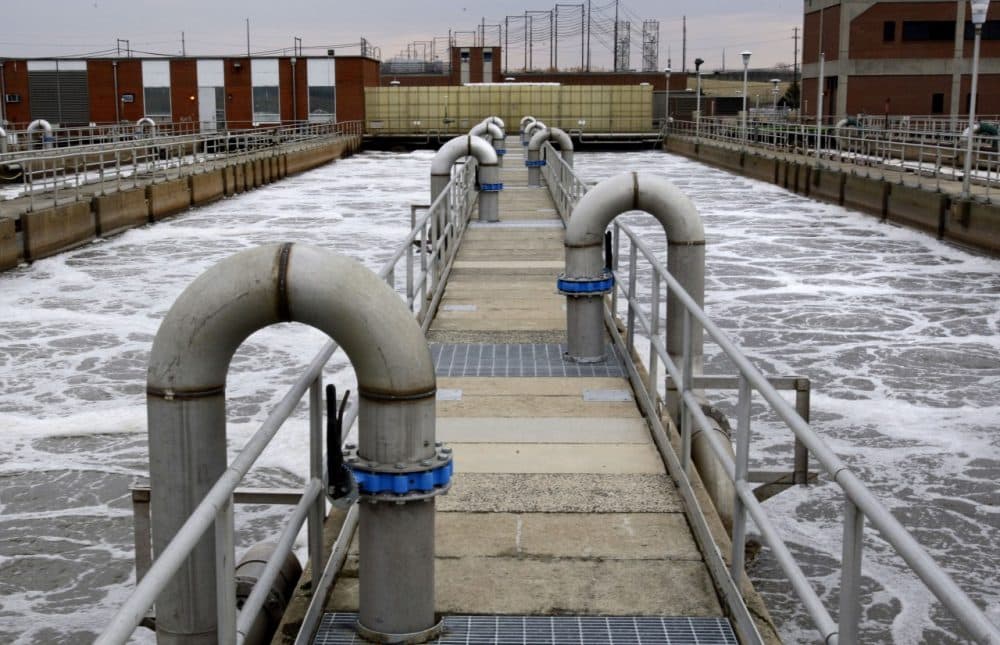Advertisement
Scientists Test Wastewater To Track Drug Use

From heroin in Zagreb to methamphetamines in London and cocaine in Oregon, scientists are now able to figure out which drugs are running through a city just by looking at something everyone leaves behind: wastewater.
Caleb Banta-Green, a research scientist at the University of Washington's Alcohol and Drug Abuse Institute, joins Here & Now's Robin Young to explain how it works.
Interview Highlights: Caleb Banta-Green
On why wastewater testing is appealing to drug researchers
"Drug use is a hidden phenomenon. People are generally not very public with that, and may be actually hard to find people that to give you honest responses in surveys. And on the flip side, you may actually have a hard time finding the people who are using drugs at the highest levels because they don’t respond to surveys — they’re in jail or or they’re in a hospital setting or something like that. So the idea of actually getting a real measure of the actual level of use is quite compelling to people."
On the importance of accurate drug use trend numbers
"When it comes the drugs, everybody's an expert. Drugs are actually a very complicated issue. And what we find out is that it's very easy for people to think they know what's going on. You may be in a mid- to small-sized town and hear from the sheriff or the PTA, you know, drug Q is the new big, hot thing. And you have no way of know if that’s true or not. There has not been good information for everybody, from my perspective, in terms of really informing whatever the policy debate needs to be around drugs. And I think we need to be having good, vigorous policy debates. We need good quality information, and right now we have very poor information. We can't have a good conversation without that high quality data."
On the question of privacy
"What we’re doing is looking at a chemical makeup. Something like methamphetamine, we’re actually looking for that chemical compound. There are no identifiers at all of the individual associated with that. We’re just looking at the methamphetamine. In fact, we’re looking at methamphetamine that could have come from a thousand different people. We’re just looking for the amount of that chemical in the wastewater. So when we’re looking at a community-wide perspective like an entire city or even a smaller town, like three or five thousand people, that’s all getting mixed together. And what I can tell you at the end of the day, for instance, might be that while on average per thousand people there might be 300 milligrams of methamphetamine used, and I might be able to back-calculate that and say, well I think in a city of 5,000 people that might mean you have 50 users. But I can’t tell you who they are or where they are."
Guest
- Caleb Banta-Green, research scientist at the Alcohol and Drug Abuse Institute and an affiliate assistant professor at the University of Washington School of Public Health.
This segment aired on February 4, 2014.